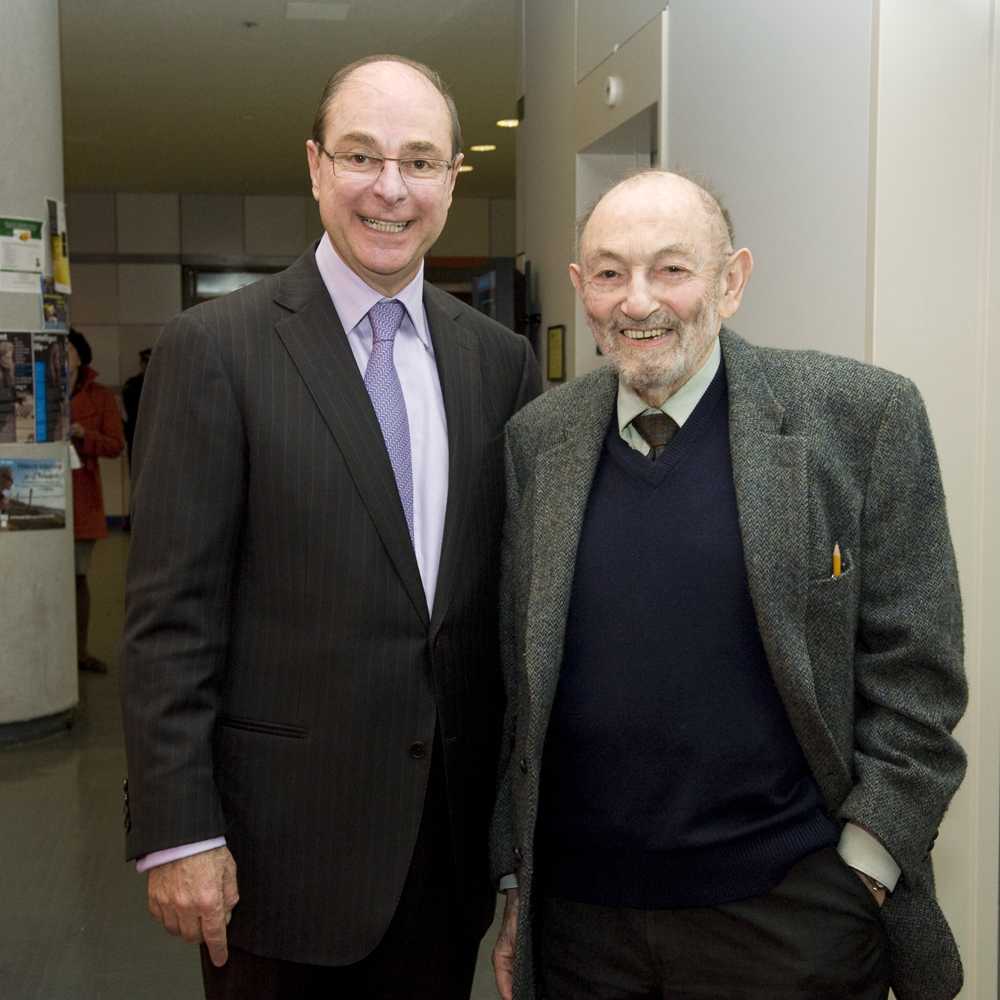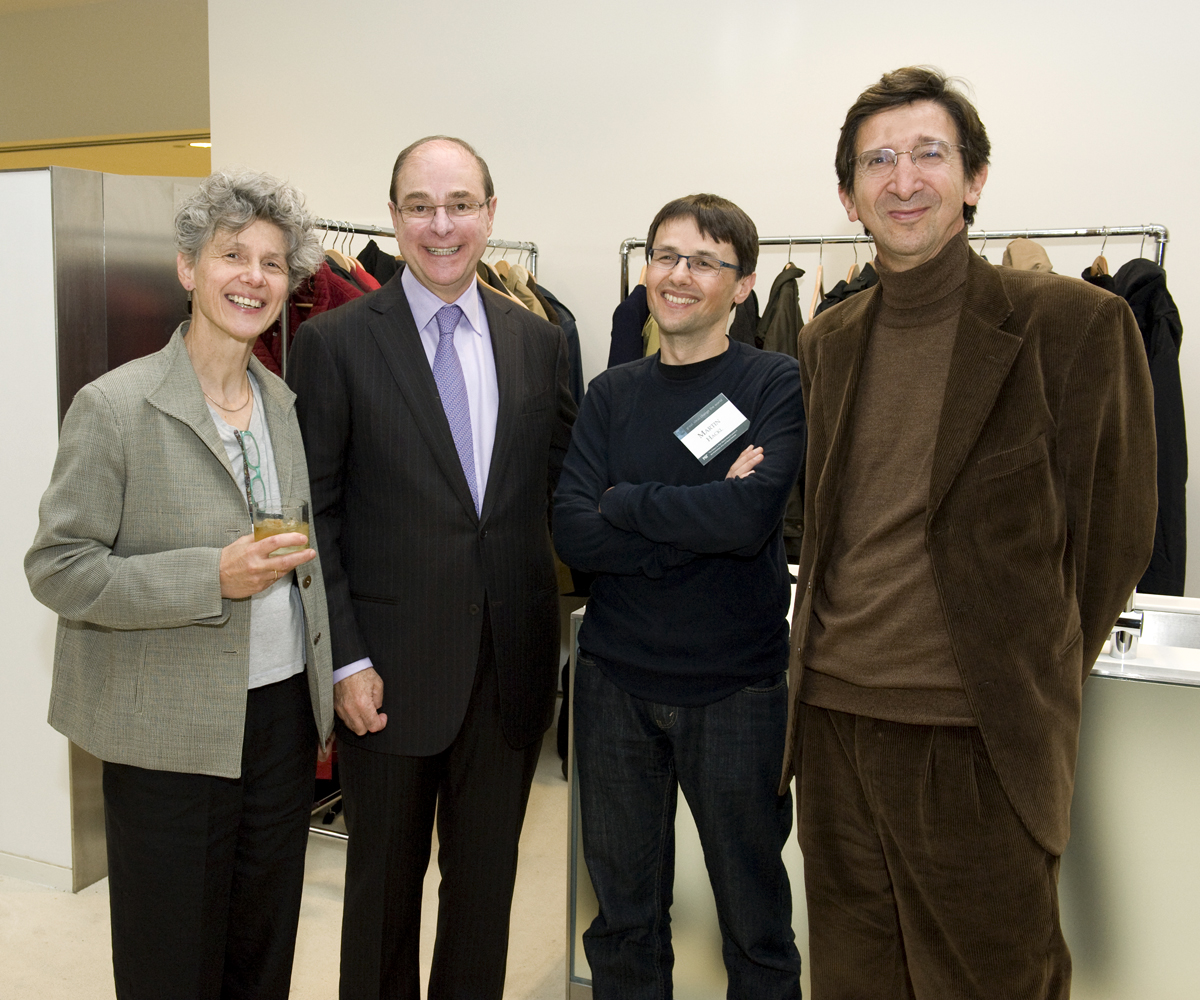WHO: Ayaka Sugawara
WHAT: First language acquisition of Antecedent-Contained Deletion
WHEN: Friday 21 October, 1:00PM-2:30PM
WHERE: 32-D831
Abstract:
In this talk, I will report the previous studies on first language acquisition of Antecedent Contained Deletion (ACD) sentences and will discuss some thoughts about possible follow-up/refined experiment.
ACD is a version of VP-ellipsis, in which the elided VP is a part of the relative clause within its antecedent, as shown in (1a). ACD is problematic if we do not assume QR, because the elided VP will never be identical to the antecedent VP without QR (1b). In order for the structural identity between the antecedent VP and the elided VP to be realized, the operation QR is necessary to interpret ACD sentences (1c).
(1) a. John read every book that Bill did.
b. John [aVP read [DP every book that Bill did <eVP read every book that Bill did <…>]]
c. (after QR) [every book that Bill did <read t>] John read t.
Previous studies (Kiguchi & Thornton (2004), Syrett & Lidz (2009)) show that 4- and 5-year-old kids can correctly interpret ACD sentences in which Binding Principles are relevant such as (2). This suggests that QR is innate (given that the input of ACD sentences is quite rare for kids and we cannot interpret ACD without QR), and that kids have adult-like knowledge of the Binding Principles.
(2) a. The Mermaid baked himi the same food that Cookie Monster*i did.
b. Dora gave himi the same color paint that Smurf’si father did.
c. Hei jumped over every fence that Kermit*i tried to.
Syrett & Lidz (2011) conducted experiments to test whether people (adults and kids) can target the embedded VP and the matrix VP as the landing site of QR. Their results, in my opinion, are not very clear.
(3) a. Miss Piggy wanted to drive every car that Kermit did.
b. (targeting the embedded VP) … Kermit did .
c. (targeting the matrix VP) … Kermit did .
Adding to introducing those papers in more detail, I would like to discuss some thoughts about what will be a better experiment. Reading those three papers I mentioned will be very helpful (references below).
- Kiguchi, Hirohisa & Rosalind Thornton (2004) “Binding Principles and ACD Constructions in Child Grammars,” Syntax 7, 234-271.
- Syrett, Kristen & Jeffrey Lidz (2009) “QR in Child Grammar: Evidence from Antecedent-Contained Deletion,” Language Acquisition 16, 67-81.
- Syrett, Kristen & Jeffrey Lidz (2011) “Competence, Performance, and the Locality of Quantifier Raising: Evidence from 4-Year-Old Children,” Linguistic Inquiry 42, 305-337.


